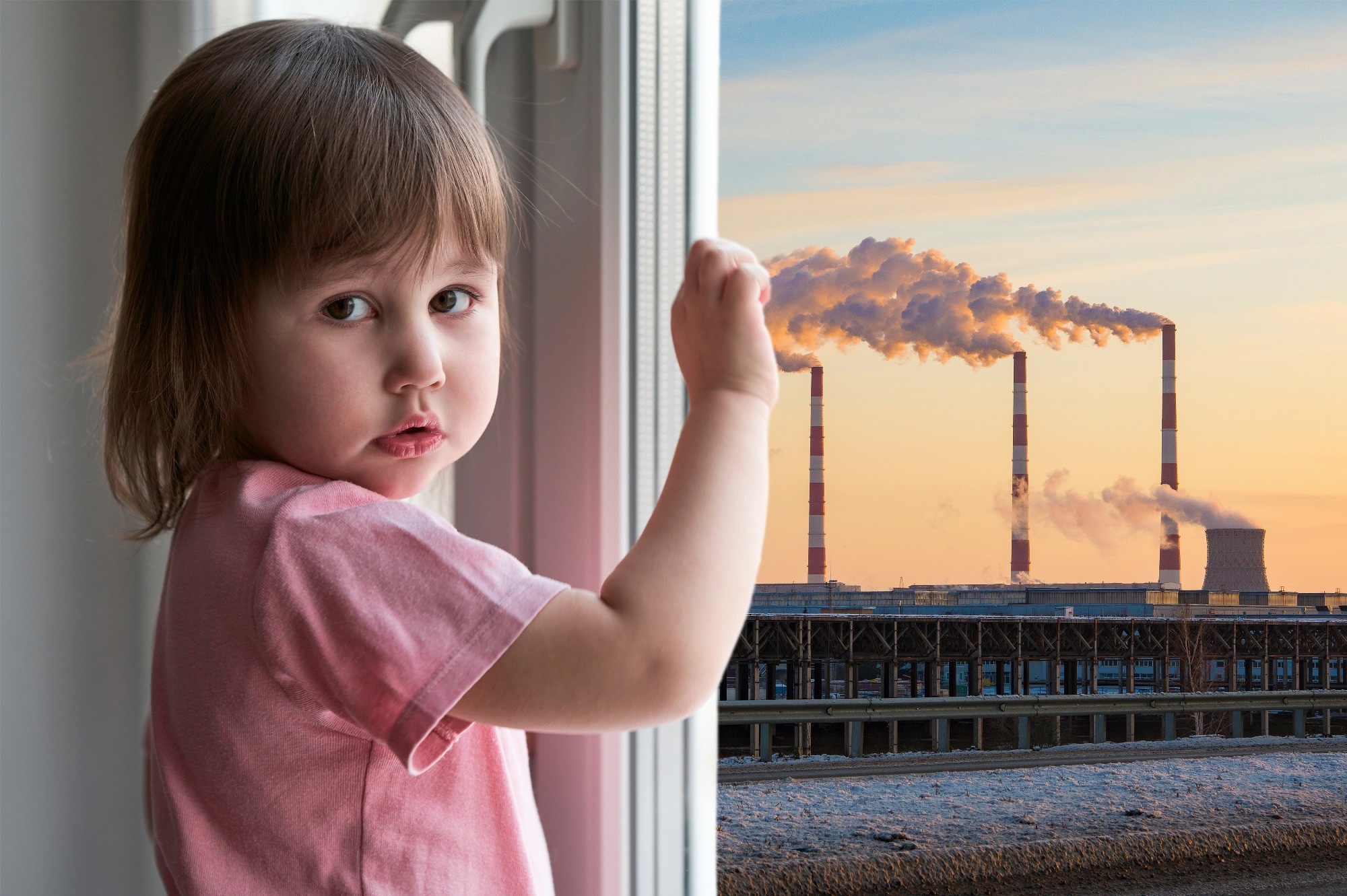In a recent study published in Scientific Reports, researchers discuss the development of a low-cost air pollution measurement system and validate the system by measuring particulate matter levels across four years in rural areas frequented by children.
Study: Health risks for children exercising in an air-polluted environment can be reduced by monitoring air quality with low-cost particle sensors. Image Credit: ROMAN DZIUBALO / Shutterstock.com
Background
Exposure to ambient particulate matter in urban and rural settings is a major public health concern. Fine particulate matter that is 2.5 micrometers (µm) or smaller (PM2.5) can have a serious harmful impact on various organs and tissues. Particulate matter of 10 µm or smaller (PM10) has been the usual standard worldwide for measuring particulate matter levels during air quality monitoring.
Most major cities in the European Union have at least one government-supported station for monitoring air quality. However, accurate systems for measuring particulate matter levels are expensive, which makes the establishment of such systems unfeasible in smaller towns and rural areas.
Government institutions and various universities in the E.U. are involved in the development of low-cost air quality monitoring systems. These systems can be widely implemented in urban and rural areas to monitor air quality, which may ultimately lead to changes that can avoid potential health hazards associated with air pollution.
About the study
In the present study, researchers monitored air quality levels from areas around schools in several villages in Małopolska Province in the Lesser Poland region. Particulate matter levels were measured using a new and low-cost air pollution measurement system called the Storm&DustNet measurement network developed in Kraków by Jagiellonian University.
Other parameters such as air temperature, pressure, and humidity were also measured along with particulate matter levels using the university measuring stations that are part of the Storm&DustNet measurement network. The university measuring stations monitor the concentrations of suspended and airborne particulate matter of diameters ranging from 10-0.3 µm. Measurements were obtained every two seconds to calculate the average measurements for each minute.
University measuring stations were mounted in 11 locations across Małopolska Province 1.5-4 km from each other. All the locations were not in the proximity of roads or highways with heavy traffic.
All stations except one were installed close to primary or nursery schools to monitor particulate matter levels. The last monitoring station was installed in a small village that was near green areas with a low building density.
Air quality measurements were obtained over four years starting in September 2018. The study period included heating periods between the months of April and September and cold periods between October and March.
The levels of particulate matter that children were exposed to were calculated based on measurements taken between 8 a.m. and 6 p.m. during the study period.
Study findings
The concentrations of PM10 were often above the alert threshold of 50 µg per m3, especially during the winter months, thus indicating a serious health risk to children exercising outdoors during this time. The highest PM10 concentration measurements were obtained from stations installed in a country town and close to primary schools during the cold period.
The lowest PM10 values, on average, were obtained from stations installed near a primary school in a village or a small village close to a green space and without too many buildings. The average PM10 concentration values during the heating periods did not exceed 19 µg per m3 for any of the stations.
According to the United States Department of Health and Human Services, adolescents and children require at least one hour or more of physical activity, as physical activity levels correlate directly to overall fitness, strength, muscle mass, and resilience to stress. Children also have a high endurance capacity based on their maximal oxygen uptake.
However, increased oxygen uptake during physical activity also increases their exposure to harmful particulate matter, as it deposits the particulate matter deeper into their lungs. Thus, increasing awareness about exposure to particulate matter and the regular monitoring of air quality levels is essential for the health of the population, especially adolescents and children.
Conclusions
The low-cost system for monitoring particulate matter concentrations was effective in providing comprehensive measurements of air quality across four years. The study findings showed that children exercising outdoors in rural areas were exposed to harmful particulate matter, especially during the colder months, thus making them vulnerable to various health problems.
Journal reference:
- Nieckarz, Z., Pawlak, K., & Zoladz, J. A. (2023). Health risks for children exercising in an air-polluted environment can be reduced by monitoring air quality with low-cost particle sensors. Scientific Reports 13(1); 18261. doi: 10.1038/s41598023454263.
